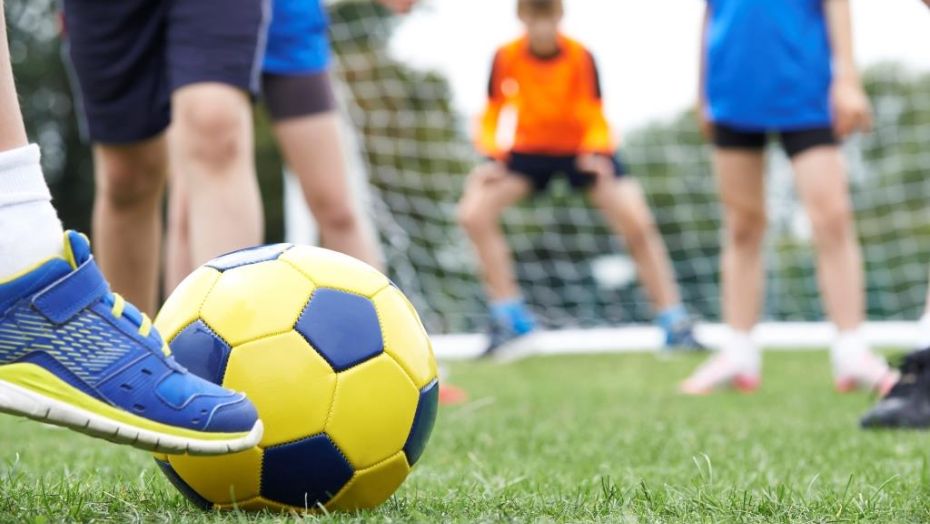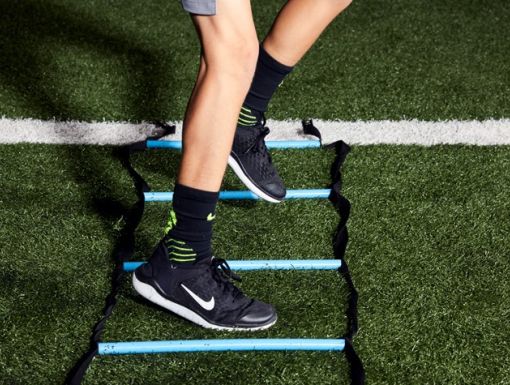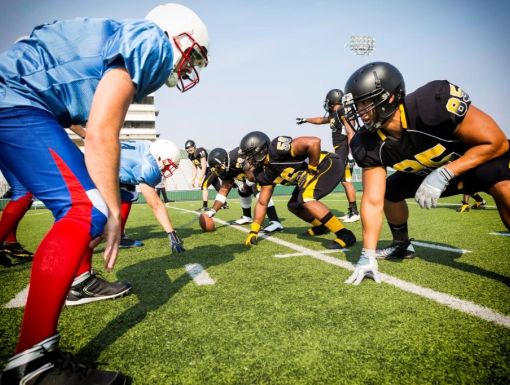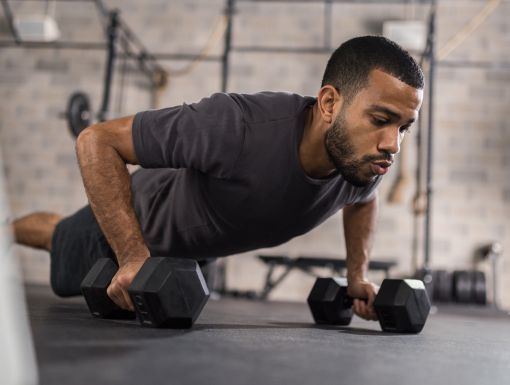
6 Things to Know About ACL Injuries In Children in 2023
Knee injuries in children are rising as kids become more involved in high-level athletics. The complexity of these injuries has increased as well. Anterior cruciate ligament tears, commonly called ACL tears, have become common in the pediatric population.
Because children are not simply “small adults,” the treatment of these injuries requires the expertise of a sports medicine specialist who specializes in knee injuries.
Symptoms and causes of a torn ACL
The ACL is a ligament in the center of the knee that connects the thigh bone to the top of the shin.
Common symptoms of a torn ACL include:
- A popping sound or popping sensation in the knee
- Pain
- Swelling
- Instability
- A loss of range of motion, like being unable to jump and land on the knee, accelerate and change directions or rapidly pivot on the knee
Sudden twisting and cutting on a planted foot are the most common causes of injury.
Football tends to be the biggest culprit among boys, but we also see significant injuries in both boys and girls who participate in soccer, basketball, dance, gymnastics and parkour.
How will a doctor determine an ACL tear?
If your child sustains a significant injury to their knee, an initial evaluation on the sideline, in the emergency room or pediatrician’s office will likely reveal a painful, swollen knee with a restriction in the range of motion. The doctor may note tenderness and laxity (the looseness of a limb or muscle) during the exam, and will likely order initial x-rays followed by an MRI scan to further assess the ACL if there is concern.
X-rays are important in the initial evaluation of a knee injury to rule out a fracture, and to assess a child’s growth plates. The patency, or openness, of the growth plates plays an important role in determining the appropriate treatment.
MRI is a specialized imaging tool that allows a doctor to evaluate all of the soft tissues in and around the knee, including the cartilage, meniscus, ligaments, tendons, nerves and blood vessels. An MRI is essential in determining the integrity of the ACL and the severity of the injury, as there’s a possibility of injury to other surrounding structures in addition to the ACL.
When the ACL is torn, the meniscus, which is specialized cartilage in the knee that provides cushion and stability, is often torn as well. Other ligaments, such as the collateral ligaments on the sides of the knee — the MCL and LCL — or the posterior cruciate ligament can also be torn in severe ACL injuries. All of these structures and potential injuries can be evaluated by MRI.
Can a torn ACL heal without surgery?
Surgery is usually required for ACL tears, but not always. Proper evaluation of the injury and discussion about the treatment, rehabilitation, and long-term goals are essential for the best outcomes.
When treated without surgery, there is a concern for continued instability and a risk of further injury to the knee with a return to activities. Therefore, the risk of further injury generally outweighs the risks of surgery.
Once it is determined that surgery is the best next step, a procedure called an arthroscopy will likely be performed. The arthroscopy procedure uses a small narrow tube with a fiber-optic video camera attached and inserts it through a small incision into the joint to assess the torn ACL and surrounding structures. In this surgery, the ligament is typically reconstructed rather than repaired because repairs have previously been shown to fail too often. This procedure is performed under general anesthesia along with the use of a peripheral nerve block. The peripheral nerve block decreases the post-operative pain and opiate consumption.
The procedure starts with an arthroscopy, followed by repairs of any meniscal tears if identified on MRI. Then, the torn ACL is removed.
Next, the surgeon will harvest a graft. That means he or she will take a piece of healthy tendon from another part of a patient’s body to replace a tendon that’s been removed. Grafts taken from the patient’s own knee lead to better success rates in children than cadaver grafts, which are taken from a person who has passed away. Surgeons will generally use hamstring, patella or quadriceps tendons for grafts, depending on surgeon and patient preference.
After harvesting the graft, tunnels are drilled in the bone above and below the knee joint, and the graft is placed through the tunnels and secured to the bone.
Recovery from ACL surgery
A child may wear a knee brace and use crutches for four to six weeks following surgery. Children are initially prescribed medication for pain control, transitioning to over-the-counter anti-inflammatory medication usually after the first or second week. The peripheral nerve block administered during surgery significantly decreases your child’s use of narcotics.
Most children stay home from school for about a week or two for recovery. After surgery, patients will follow-up with their surgeon on regular intervals for check-ups over the next year or so.
Rehabilitation and return to activities
Children typically begin physical therapy within the first several days after surgery. The goals of therapy are initially to regain range of motion and strength, then to work toward walking without crutches. Exercises are modified over time to allow a child to slowly return to his or her normal activities.
A child is usually able to return to his or her chosen activities — football, soccer, dance, etc. — between nine and 12 months after surgery. The decision to allow a child to return is based on evaluation by both the surgeon and the physical therapist.
How to prevent ACL tears
ACL injuries are common among young athletes, and it’s not possible to guarantee that any form of preparation will eliminate your child’s chance of having one.
However, ACL injury prevention programs have been shown to be effective. Neuromuscular training is aimed at landing on slightly flexed knees without the knee buckling inward, as well as increasing the hamstring to quadriceps strength ratio. Proper falling is also important, especially for skiers. These protocols are usually implemented by a physical therapist or athletic trainer, and work best if they are started at least six weeks prior to an athletic season.
Schedule an appointment with Dr. Olabode Agaja or Dr. Brian Godshaw today.



